Storage Tips
The ultimate guide for a smooth self storage experience
Rent NowThe Storage Place Storage Tips
If you’ve never used self-storage, you could probably use some tips and tricks to help you through the experience. Typically, you don’t start thinking about additional storage until it becomes essential. Then, as we all do, you make the mistake of renting a unit at the most convenient location without giving much thought to services and amenities. Here at The Storage Place, we want to educate you on what you need to do to have the best possible storage experience. We have a courteous, professional staff that is always ready to explain your options and provide you with whatever assistance you may need. The following tips and suggestions will help you to organize your ideas, prioritize your needs, and find storage that is the best fit for you.
Gather Materials
Estimate the number of boxes you’ll need as well as packing material (packing paper, bubble wrap, foam shipping noodles), tape, and markers. Many of our locations sell packing and moving supplies, so we can help with this. Use strong, new or almost new, boxes. Try not to use boxes from grocery and liquor stores. They may be harboring insects or rodents, and they’re probably in a weakened condition.
Arrange Boxes for Convenience and Safety
Be sure your boxes are strong enough to hold 25-30 pounds (don’t overpack). Account for extra space to provide ventilation and ease of access. Plan for anything that you use frequently to be placed in the front of your unit. Place boxes that contain fragile or delicate items on top of boxes packed with heavier, sturdier things. If you’re storing business files, leave a pathway for easier access. List contents on all four sides of boxes and seal tightly with good quality packing tape.
Hazardous Materials and Perishable Items
It is prohibited to store flammable, hazardous or combustible materials (paint, paint thinner, gasoline, or propane). Drain fuel from lawn mowers, snowblowers, trimmers, or any other equipment that you may be storing. You are also prohibited from storing perishable items, such as food or even pet food. These can attract rodents and insects.
Take Inventory
Create an inventory list of your items and keep copies in a safe place away from the unit. Identify which items you may need to access while they are in storage.
Prep Your Space
Measure and estimate the collective packing size of the items you plan to store. To keep items off the unit floor, use furniture pads or pallets to cover the floor under your belongings.
Extra Space
Furniture with drawers can be utilized to store linens and small items. Even fragile items can be stored in drawers if wrapped properly. Don’t forget to carefully wrap valuable linens in acid free paper to prevent staining or deterioration.
Tables
Break down tables that have removable legs to save space. Cover with furniture covers or pads to prevent damage. Never cover or wrap wood items with plastic. It can leave a residue that causes permanent damage.
Appliances and Electronics
Large appliances make excellent packing space for blankets, towels, bedding, table linens, and even heavy clothing. To prevent accidental damage, place TVs and other electronics in the rear of your unit.
Utility and Gardening Items
Shovels, hoes, rakes, and hoses can be stored in clean, empty trash cans. You can also stack cans inside each other.
Fragile Items
Large pictures and mirrors should be wrapped in cardboard, marked “FRAGILE” and stacked on end against a wall. China, crystal, porcelain, and any other breakable items should be carefully wrapped in packing paper and/or bubble wrap and boxes should be marked “FRAGILE.” These boxes should be stacked on top of the heavier items.
Sofas, Chairs, and Loveseats
Sofas and loveseats can be stored on end to save floor space. Wrap cushions in plastic furniture covers and place on top of sofas. Cover everything with furniture covers or pads to prevent dust. Don’t place sharp or heavy objects on upholstered or leather furniture. Wrap furniture legs in furniture covers or pads to prevent damage. If you need to store any furniture that can be broken down, keep small parts in plastic bags and tape them to the item.
Beds and Mattresses
If you store mattresses on their sides, prop them up so that they stand straight. This will prevent them from bending and becoming out of shape and lumpy. If you are breaking down a bed frame, be sure to keep all small parts in a plastic bag and tape it to the frame.
Metal Items
Wipe metal items such as bikes, tables and tools with machine oil to prevent rust and corrosion.
Make a map of your stored boxes and items, place it on a clipboard, and hang it in a visible location in your unit. There’s no need to get too technical, a hand drawn sketch will work. This will make it easy to find the items that are “buried” in the back.
We hope these tips will make your storage experience easier. If you have additional questions, give us a call. We’re always here for you.

